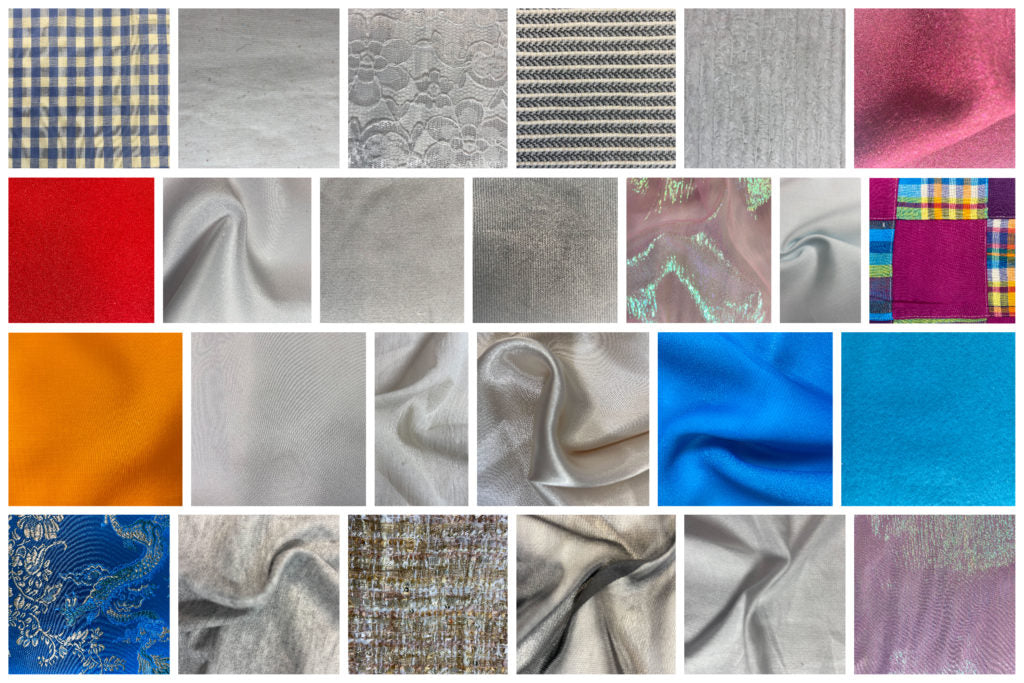
The Best Fabrics for Your Underwear
Shopping for underwear can be a bit of a minefield. There are so many different brands, styles, and fabrics out there that it can be hard to know where to start.

While sustainability becomes an increasingly significant factor in consumer choices, companies are often keen to promote their ‘green’ credentials. But while an item might sound more sustainable, there is often more to it than we might think.
In this article, we will be examining some of the most commonly used fabrics in underwear and delving deeper into their production and properties. The best materials should be comfy, breathable, and sustainable.
Most common underwear fabrics:
- Polyester
- Nylon
- Silk
- Lyocell
- Cotton
Polyester
One of the most widely used textiles globally, polyester is also one of the most polluting. The energy intensive process required to extract polymers from petroleum results in high levels of emissions and waste, as well as toxic and synthetic by-products. Polyester’s reliance on finite resources and chemicals makes it a highly unsustainable material for widespread production. Not to mention its continued links to forced and underpaid labour as well as worker and environmental exposure to dangerous materials.

Despite all of this, polyester is widely used in the production of underwear due to its low cost and versatility. While we might be seeing an increase in companies turning to recycled polyester, these fabrics still shed microplastics which pollute waterways and other habitats.
As a fabric for underwear, polyester is not ideal for your intimate health as it is not very breathable or absorbent, meaning it can lead to skin irritation, odours, and bacterial growth. Additionally, there is growing concern over the dangers of wearing plastic fabrics so close to the skin as microplastics and chemicals may be absorbed, especially in a naturally absorbent part of the body.
Nylon

Nylon is the second most widely used synthetic fabric and is often used to make underwear and hosiery. This fabric is produced in a very similar way to polyester, meaning it is again a resource and energy-heavy material which produces greenhouse gases and toxic by-products. Due to its versatility in producing different textures of fabrics - such as silky style satins, or stretchy and mesh styles - it is also widely used in underwear production.
Nylon underwear throws up similar concerns to polyester for our health and the health of the planet. Nylon is never biodegradable meaning discarded items will live on in landfill and continue polluting for years to come.
Silk
An ancient and delicate fabric, which is beautifully soft with an elegant sheen, silk underwear often represents the highest standard in luxury. Silk is a naturally derived material meaning it is breathable, naturally hypoallergenic, and anti-fungal and therefore a good choice for maintaining a healthy balance in intimate areas. It is also biodegradable, depending on the percentage of silk within the textile.

While the fabric itself may be a better underwear option than synthetics, the production of silk is often highly unsustainable and inefficient, relying on consumption of resources and interference with the silkworm’s natural life cycle.
Silk fibres are produced by silkworms (actually caterpillars) who use their saliva to build a cocoon. The caterpillars are then boiled or steamed before being extracted from the cocoon to avoid them naturally emerging and breaking the kilometre of fibre they have created. The caterpillars are fed up to 187kg of mulberry leaves to produce 1kg of silk, meaning silk production requires huge areas of land and fertilisers to grow enough food. Silk production has provided jobs for millions of people globally but has also been linked to poor and dangerous working practices, with workers exposed to dangerous chemicals and burn risks.
Lyocell

Lyocell - which you may have seen labelled as Tencel - is a naturally-derived fabric made using cellulose, or wood pulp. Small pieces of wood, most often eucalyptus, are ground into a pulp and dissolved using amine oxide. The raw cellulose is then pushed through spinnerets to produce the lyocell fibres, which are then washed and ready to be spun. The process is similar to that of viscose and rayon, though much less chemically intensive and also less likely to be created using wood harvested from ancient and endangered forests.
Lyocell fabric works well for underwear as it is light, soft, and breathable. It can also be blended with other fibres like cotton or silk to give it different properties. The fabric is durable and absorbent, as well as being biodegradable.
Lyocell fabrics are increasing in uptake among many companies, though producing any fabrics on the huge scales that high street retailers do, will also lead to questions surrounding sustainability. Where possible, try to find information about the source of the fabric to ensure minimal impact.
Cotton
Global cotton production is massive, and much of it is produced in highly unsustainable ways, involving huge amounts of water, chemicals, and energy. Cotton is derived from the fluffy buds of the cotton plant which are spun to produce cotton fibres.

Another ancient textile, cotton is so widely used due to its versatility, softness, and breathability - making it a great choice for comfortable underwear. Its natural breathability and absorbent properties mean it is perfect for helping to maintain healthy levels of bacteria and moisture. However, conventional cotton is grown and produced using a wide range of pesticides, fertilisers, and other chemicals which can be harmful to your skin, particularly in sensitive areas.
Organic cotton differs greatly in its environmental impact; with much less water and energy consumption and no harmful chemicals or pesticides, meaning greater soil health and diversity. This is why we choose to make our underwear out of fully certified organic cotton, as well as using Fairtrade-certified suppliers, meaning workers are paid a living wage and aren’t exposed to dangerous working practices. In our garments, as with most cotton underwear, the cotton is blended with a small amount of elastane for stretch and to help the items retain their shape.
So which fabric is best?
Ultimately, which type of underwear you choose is very personal and people can have different responses to different fabrics. It is important to take the source of the fabrics into consideration when shopping for underwear, as well as the various benefits or disadvantages of its properties.
We hope you found this article useful, and please let us know if you have any questions or suggestions relating to this information.

For more information...
Take a look at our Deep Dive into Polyester
Find out about Organic Cotton production
And discover when is the right time to Replace Your Bra

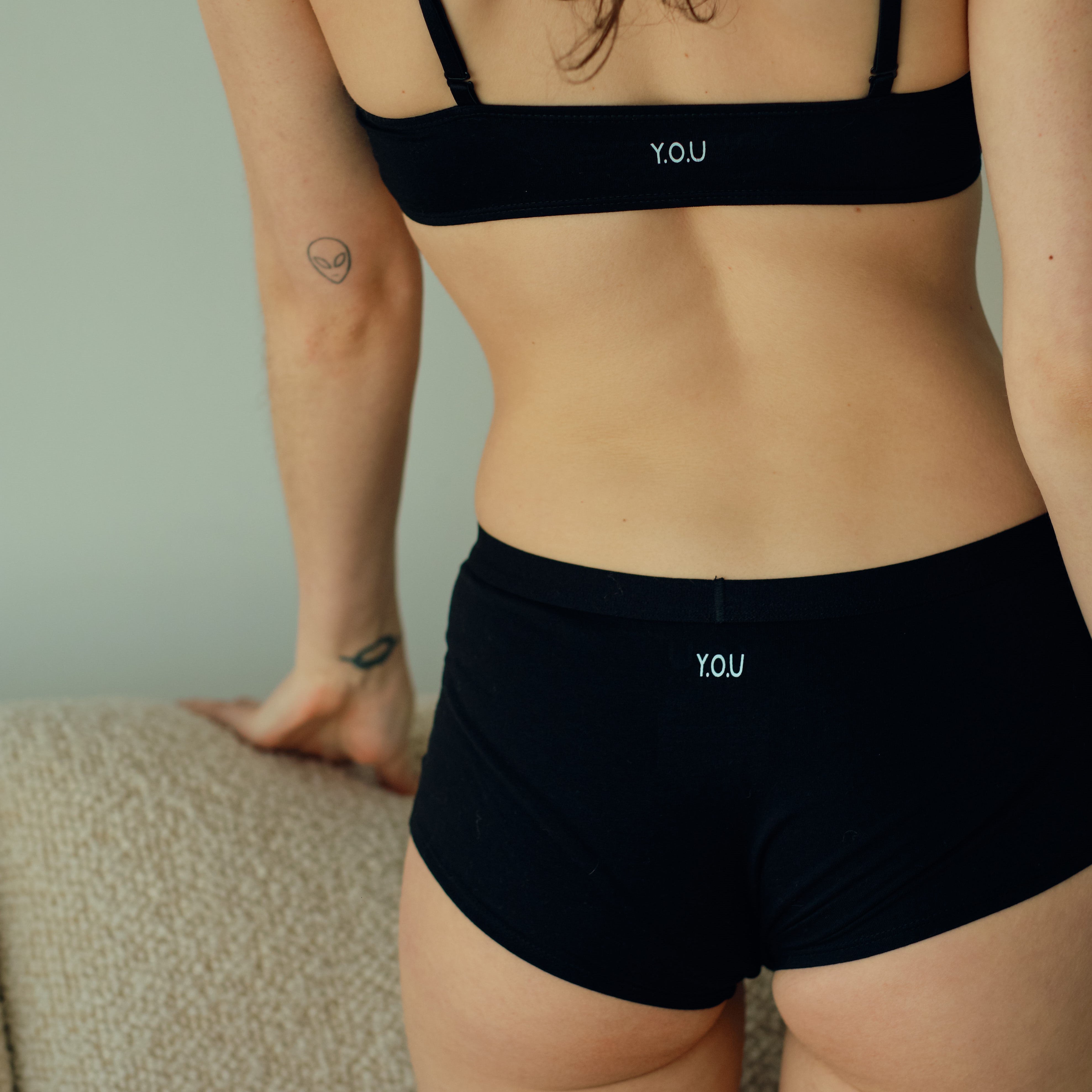



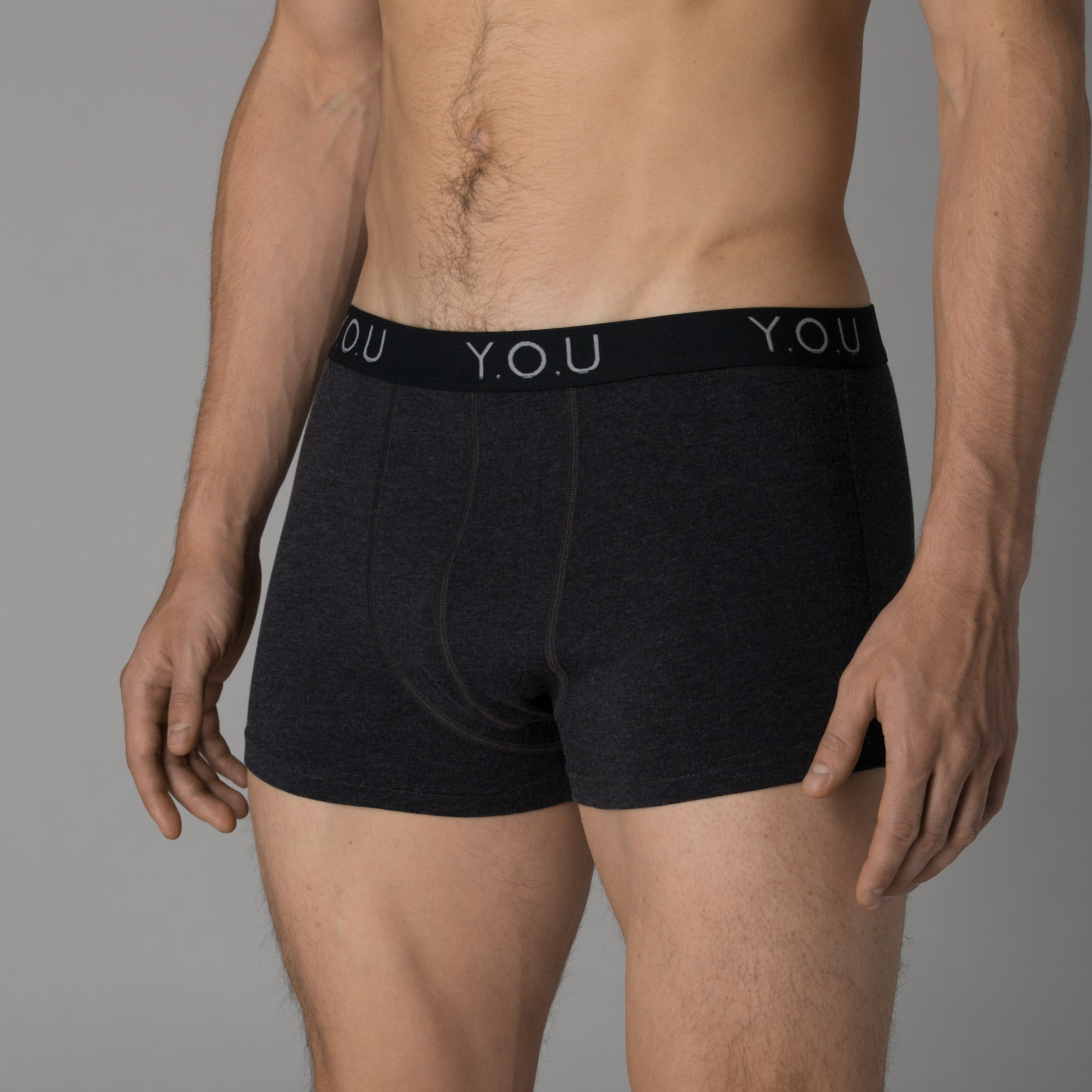

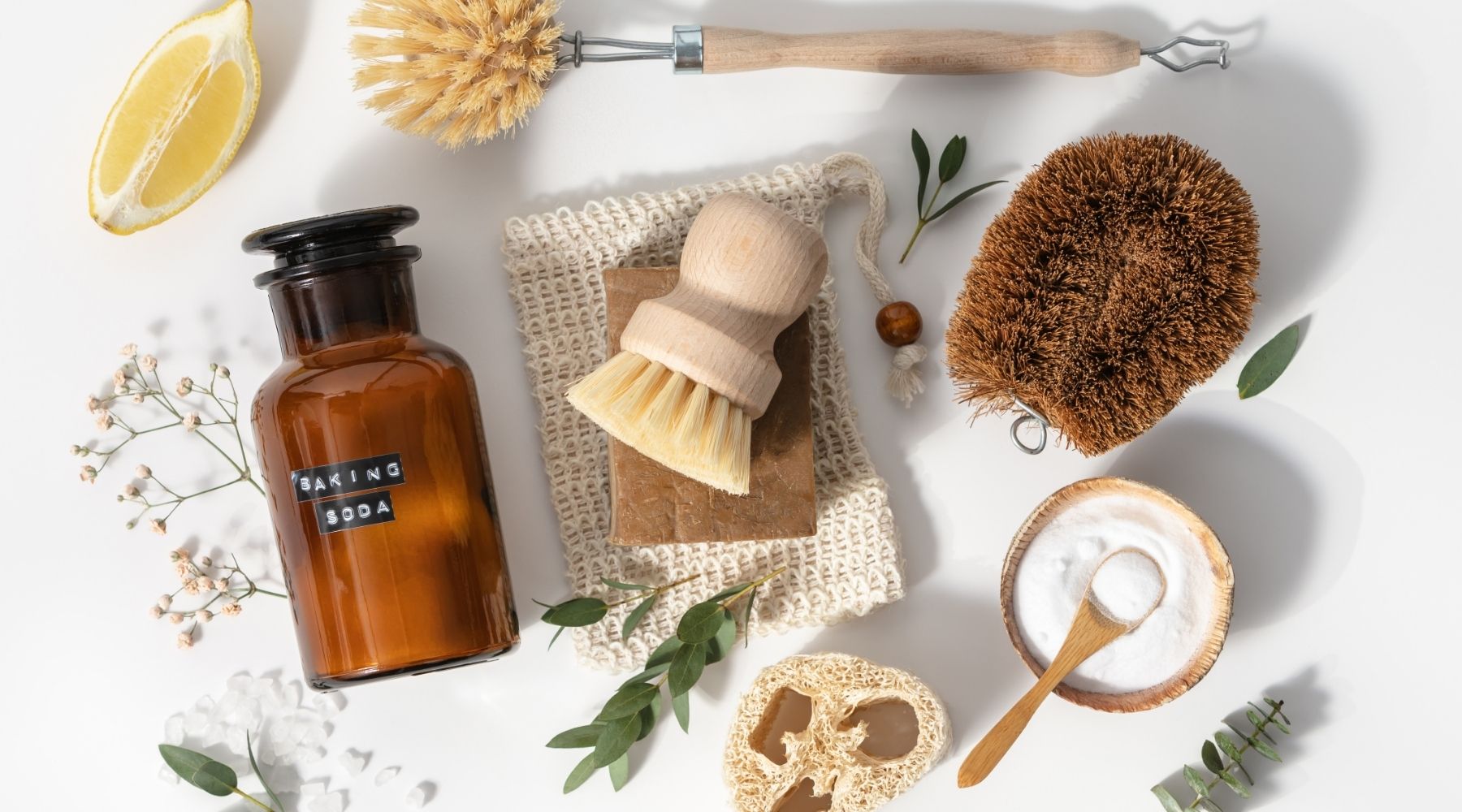


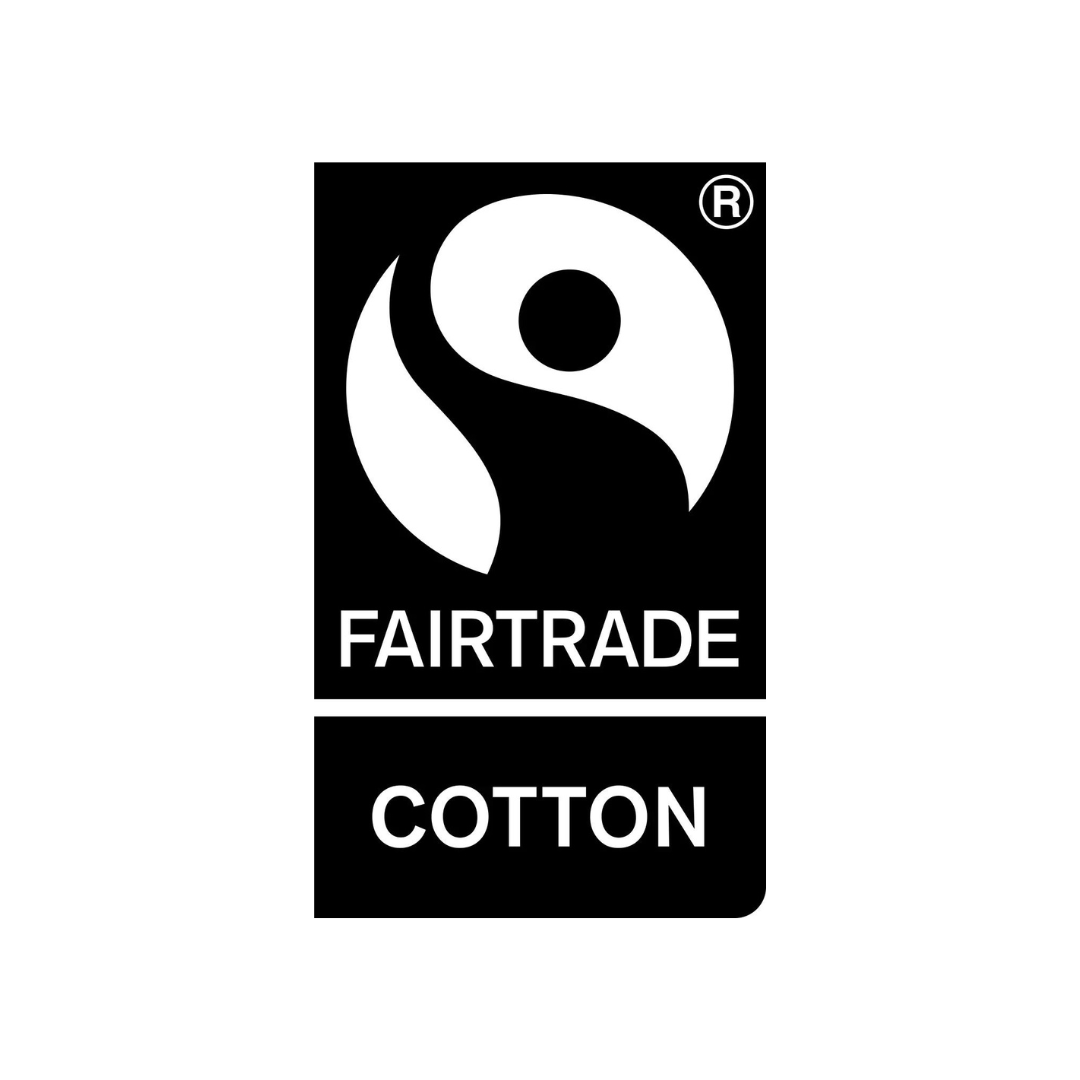




Leave a comment
This site is protected by hCaptcha and the hCaptcha Privacy Policy and Terms of Service apply.